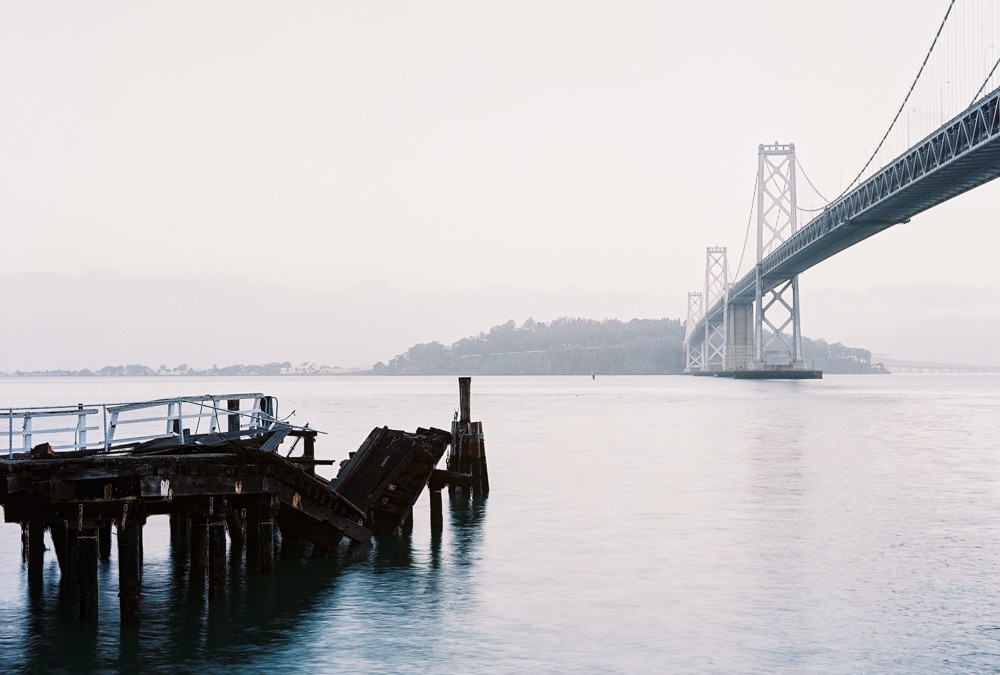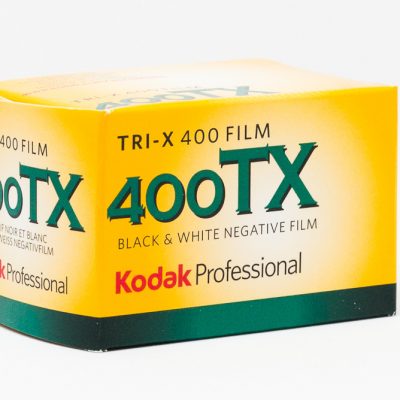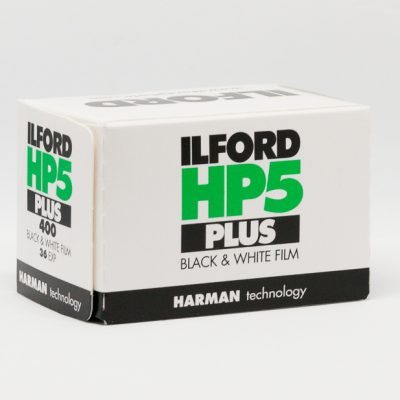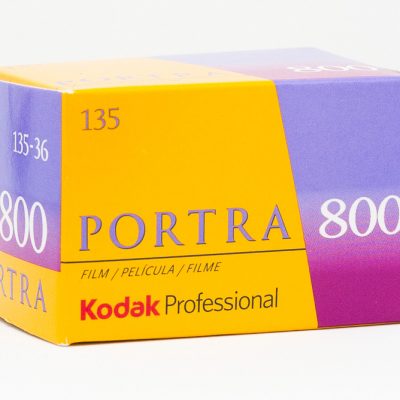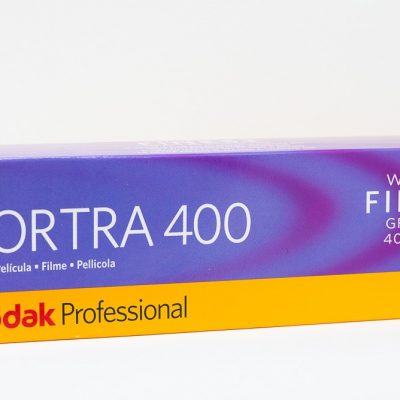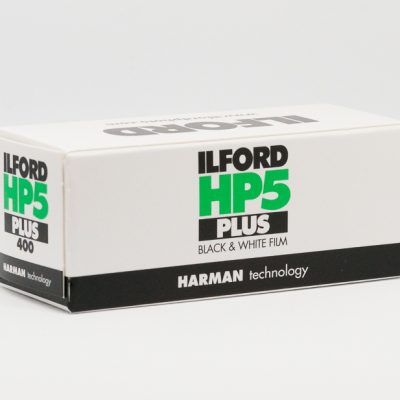IT ALWAYS STARTS IN THE DARKNESS
The salty taste of fresh air from the sea is is surrounding me while the morning fog is slowly covering the city. The sun is still far below the horizon and there is almost nobody on the streets. The city is still sleeping and this is what I am looking for in my photographs. This specific moment between day and night, between sun and moon, the moment “Between the Light”. With the tripod on my shoulder I stroll through the streets of San Francisco, always looking for opportunities and subjects which are in my opinion characteristic for the “City By The Bay”. I intentionally exclude people from my compositions but their existence is always present.
Equipped with either a Hasselblad 500cm or a Rolleiflex 3.5F I try to capture the world and the light in the stage of awakening. It is sometimes like a lottery game. Often you come home with nothing in your hands, but sometimes you are in the right place at the right time.
For over two years I am working on my series “Between The Light” and I deliberately decided to exclusively use color negative film for this project. Analog photography helps me to think and work differently. I need more time composing the frame, as I only have a limited number of possible exposures on one roll. Film is unforgiving. Carefully I measure the light and setup my camera. My exposures often require several minutes to be completed, time to step back from the camera and enjoy the moment. Light is engraving into the film. This is a good feeling, like printing a moment or fragment of time. As soon as the shutter closes, I am ready to move on.
Film is an excellent medium for night photography. The required long exposures make people disappear, the movement of wind light and shadow produce stunning effects. You not only capture a fraction of a second but a whole moment in time. Long exposures on film don´t change the quality of the print. You don´t have to deal with noise and sensor heating. The film grain remains the same, regardless of exposure time. The only thing you need to keep in mind is the so called reciprocity failure of film. The exposure time needs to be carefully evaluated and sometimes it also requires a good instinct by the photographer for the light situation. The gut feeling of the photographer is seldom wrong.
In digital night photography we encounter the problem of the high dynamic range of most light situations. The difference between the brightness of shadows and highlights is bigger than what a digital sensor can usually capture with one take. Color negative film does not show this behavior. The characteristic of film can handle this kind of light nicely. The only thing we need to make sure is, that we capture enough light. Shadows are more problematic than highlights. The long straight characteristic curve of a color negative provides enough room for the photographer to capture details in both shadows and highlights. Scanning the negative however requires a certain amount of skill. While all the information has been captured in the negative, the scanner operator needs to balance the tonal values in order to come up with a realistic rendering of the scene. A healthy communication between the lab and the photographer is required.
I am happy to have “Mein Film Lab” in Germany as a professional partner that develops and scans my negatives according to my needs.













